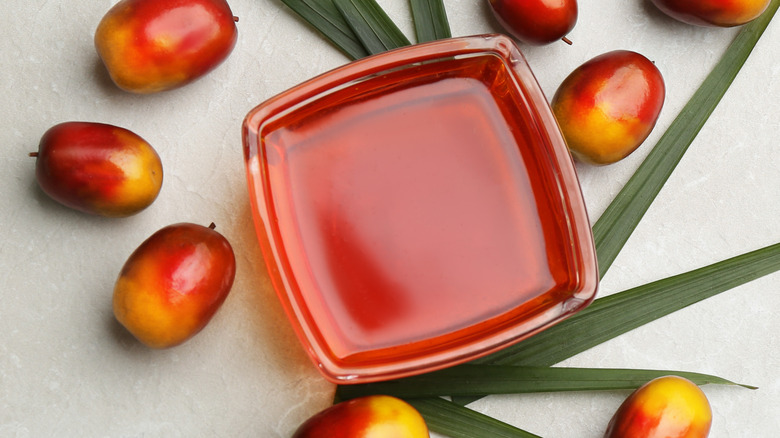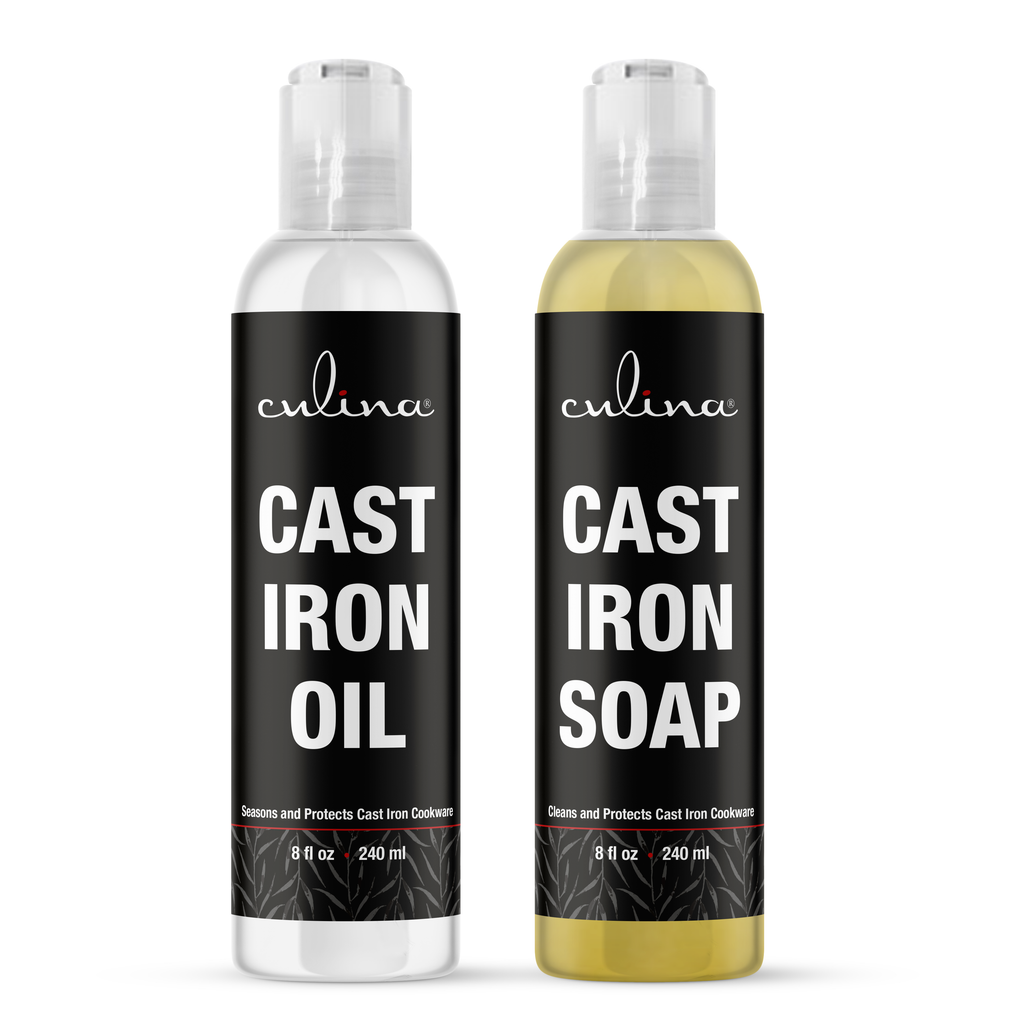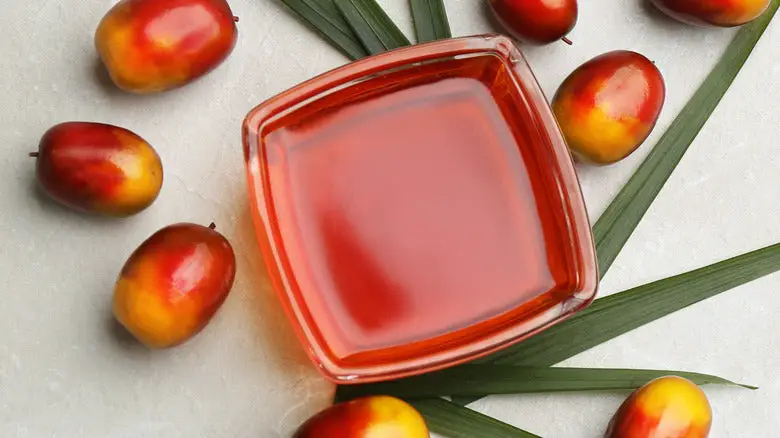How is Palm Oil Harvested and Why Should You Care?
The journey of palm oil from plantation to your beauty products is a fascinating process that deserves attention, especially for those in the beauty industry. Understanding how palm oil is harvested can help beauticians make informed choices about the products they utilize. The unique properties of palm oil, in addition to its environmental implications, significantly impact the effectiveness and sustainability of beauty solutions.
In this article, we will cover the steps involved in harvesting palm oil, its uses, its benefits for skincare, and why it is crucial for beauticians to be informed about this versatile ingredient. Buckle up as we dive into the details!

The Process of Palm Oil Harvesting
The production of palm oil involves several critical steps, starting from the growth of oil palms to the extraction of oil for use in various products. Palm trees thrive in tropical climates and typically begin yielding fruit after about three years of growth.
1. Cultivation and Growth of Oil Palms
The oil palm tree, scientifically known as Elaeis guineensis, can live for 25-30 years, producing fruit throughout its lifespan. Farmers plant these trees in vast plantations, where they ideally receive ample sunlight and moisture. The oil palms fruit, known as a bunch, contains both palm oil and palm kernel oil, making it an essential agricultural product.
2. Harvesting the Fruit
Harvesting begins when the fruit bunches are ripe, which occurs roughly every 10-14 days. Skilled workers, often referred to as 'palm oil harvesters,' climb the trees or use long poles with sickles to cut down the heavy fruit clusters. Each bunch can weigh up to 50 kilograms! It requires considerable strength and expertise to do this effectively.
3. Processing the Fresh Fruit Bunches
After harvesting, the fresh fruit bunches (FFBs) are transported to processing mills. Here, the fruits are separated from the bunches, steamed, and then pressed to extract the oil. The extracted oil undergoes refining to remove impurities, making it suitable for various applications, including cosmetics.
:max_bytes(150000):strip_icc()/redpalmoilconfitedalliums_ft_recipe2019_192-2000-5400694caa4242d8beca219203921c20.jpg)
Why Use Palm Oil in Beauty Products?
Palm oil has impressive moisturizing properties, thanks to its fatty acid content, making it a popular ingredient in lotions, creams, and soaps. Here are some reasons why many beauty products include palm oil:
1. Moisturizing Properties
The high content of saturated fats in palm oil makes it an excellent moisturizer. It effectively hydrates the skin, helping to combat dryness and maintain a radiant complexion. Beauticians often recommend products with palm oil for clients with dry or sensitive skin.
2. Anti-Aging Benefits
Palm oil is rich in antioxidants such as vitamin E and beta-carotene. These components help fight free radicals, which can accelerate skin aging. Regular use of products containing palm oil can prevent premature aging signs.
3. Versatile Ingredient
Beyond skincare, palm oil is versatile for use in hair products. It nourishes the scalp, promotes hair growth, and adds shine, making it an excellent addition to shampoos, conditioners, and styling products.

Environmental Considerations
While palm oil offers numerous benefits, it is essential to consider the environmental implications associated with its harvesting. The deforestation for palm oil plantations has raised significant concerns among environmentalists and consumers alike. These actions threaten biodiversity and contribute to climate change.
As a beautician, you can be proactive about supporting sustainable palm oil. Look for certifications, such as the Roundtable on Sustainable Palm Oil (RSPO), that ensures the palm oil used is sourced responsibly.

Informed Choices for Beauticians
As a beautician, the products you choose for your clients should align with both effectiveness and sustainability. Here are some things to keep in mind:
1. Educate Yourself on Ingredients
Understanding the origins and processes related to the ingredients you use can make a significant difference. For more information on the uses of palm oil, refer to this link.
2. Advocate for Sustainable Practices
Support brands that prioritize sustainable and ethically sourced ingredients. This not only helps the environment but also enhances your salon's reputation. You can read more about the negative aspects of unsustainable palm oil from here.
3. Incorporate Natural Ingredients
Opt for products that combine palm oil with other natural ingredients, promoting overall skin health and well-being. Explore alternatives or discuss with clients the natural options.34
Frequently Asked Questions About Palm Oil
1. What is palm oil used for?
Palm oil is used in food products, cosmetics, and personal care items due to its versatility, stability, and cost-effectiveness. For a deeper dive into this topic, visit this link.
2. Is palm oil sustainable?
It can be, but it depends on the farming practices and sourcing. Look for certifications like RSPO to ensure sustainability.
3. How does palm oil benefit hair and skin?
Palm oil is deeply moisturizing, rich in antioxidants, and offers anti-aging properties, making it beneficial for both hair and skin health.
Conclusion
As we have explored, understanding how palm oil is harvested and its applications in beauty products is essential for beauticians. Equipped with this knowledge, you can make informed choices and advocate for sustainable practices within your profession. Remember, your clients trust your expertise by aligning your practices with sustainable and informed decisions, you are contributing both to their beauty needs and to the planet's well-being.
As an Amazon Associate, I earn from qualifying purchases.

